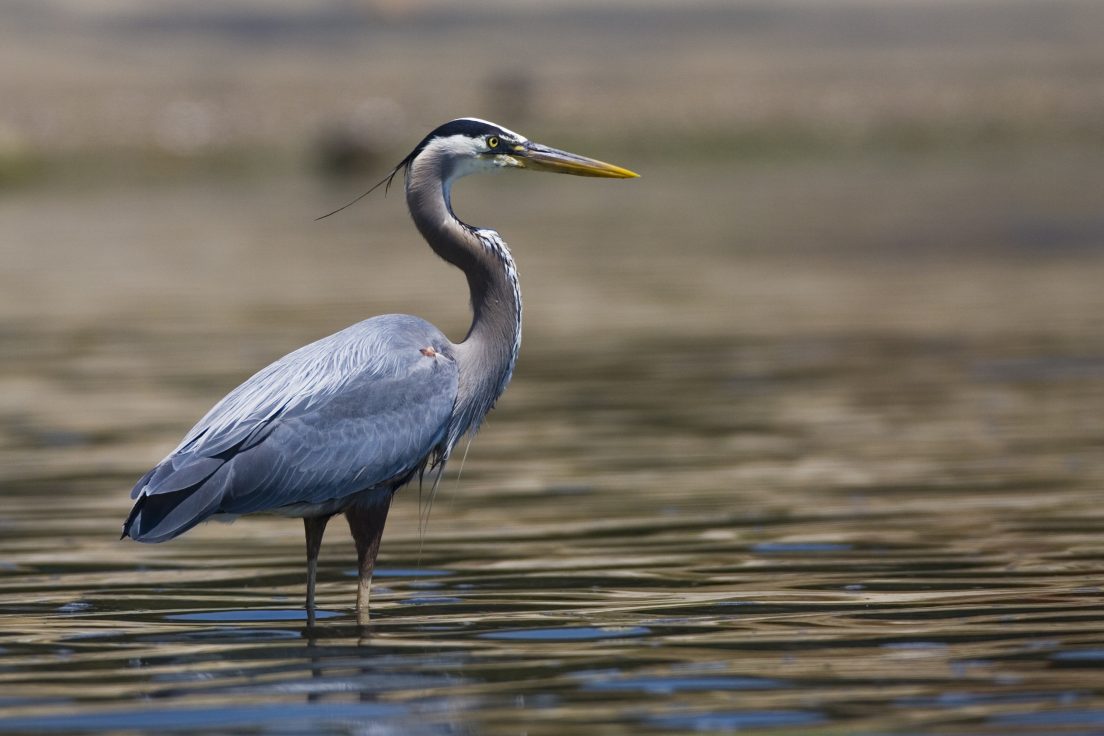What Is an ECA?
Washington state law requires local governments to designate Environmentally Critical Areas (ECA), to help manage the impacts of development in sensitive areas. In our city, ECAs fall into five different categories: wetlands, fish and wildlife habitat conservation areas, geologic hazard areas, flood prone areas, and abandoned landfills. An occasional review is part of the requirements. This review allows updates to the ECA regulations that account for the best available science. Seattle went through this process in 2015-17 with the updated rules going into effect on May 15, 2017. Each type of designation requires a permitted variance, or exemption, for any development to go forward. Permit reviews and the planning they require can add significant time to the preparations before any building or landscaping project may begin. Homeowners should factor this time into their projects’ timelines and get started early.
Where Are the ECAs?
Before we begin to plan a new project, we use a terrific tool that the City of Seattle provides online. Homeowners and the general public can also access the Seattle Department of Construction and Inspection’s Geographic Information System. This tool allows users to choose which types of information to display on a dynamic map of the city, including every type of ECA designation. This is often a first step to determine whether a property requires special permitting for a project to move forward. The most common types of ECA we encounter are geologic hazards, including steep slope hazard areas, landslide-prone areas, and known landslide areas. These areas require geotechnical surveys and permitting variances for any type of development.
Seattle Updates Regulations in 2017
The 2017 updates to Seattle’s ECA code include some administrative changes that will improve clarity in language for both builders who must abide by the rules and city inspectors who enforce them. The latest science also led to changes in some areas of the rules themselves. One of these changes was an increase in the buffer required for wetland habitat from 85 feet to 110 feet. The changes also include better protection for great blue herons, according the Washington Department of Fish & Wildlife’s guidance on Priority Habitat and Species. It is always a thrill to see one of these beautiful birds in the city.
Substantial changes to the code include the creation of a new section regulating the management of trees, vegetation, and impervious surfaces within steep slope hazard areas, landslide prone areas, wetland buffers, and wildlife habitat conservation areas. Standards and mitigation requirements are now specified for these areas that were lacking specific regulatory action before. This should clarify some gray areas in the code. In a nutshell, vegetation restoration plans now must be prepared and approved before any existing plants are removed. Only native plants can replace them. Also, any impervious surfaces in the new development must be offset with pervious surfaces, or mitigated with features that replicate their function. The City’s Stormwater Manual gives guidance for size and design requirements for those features.
How True Scape Design Helps
We like to submit plans that show all the major hardscaping and storm water mitigation features that the city’s geotechnical reviewers will want to see and approve. These reviewers do an important job for the city, and we like to make our plans as clear and as reasonable as possible for them. As of this writing, the City of Seattle is six to eight weeks behind schedule on their target dates for plan reviews and permitting. Making the reviewers’ jobs easier by submitting clear, essential plans is good for all of us!
Periodic revisions to Seattle’s ECA code requirements help to ensure protection of waterways and habitat, as well as the safety of people in Seattle. These changes clarify requirements for both the public and the city inspectors who are charged with enforcing compliance. We hope to see more great blue herons, too!
Internal Resources:
True Scape Design ECA Projects
Diverting Regal: Environmentally Critical Area Project
Avana: Shoreline & Environmentally Critical Area Project
Stereo Sons: Environmentally Critical Area Project
Want our help?
External Resources:
The City of Seattle produced a set of web pages to document the 2017 update process.
Questions about ECA updates may be directed to Maggie Glowacki at (206) 386-4036 or email: margaret.glowacki@seattle.gov.
Read the Seattle municipal code regulating ECAs.
Check Seattle properties for ECAs with the SDCI GIS.
Calculate permit fees with City’s estimating tools.
